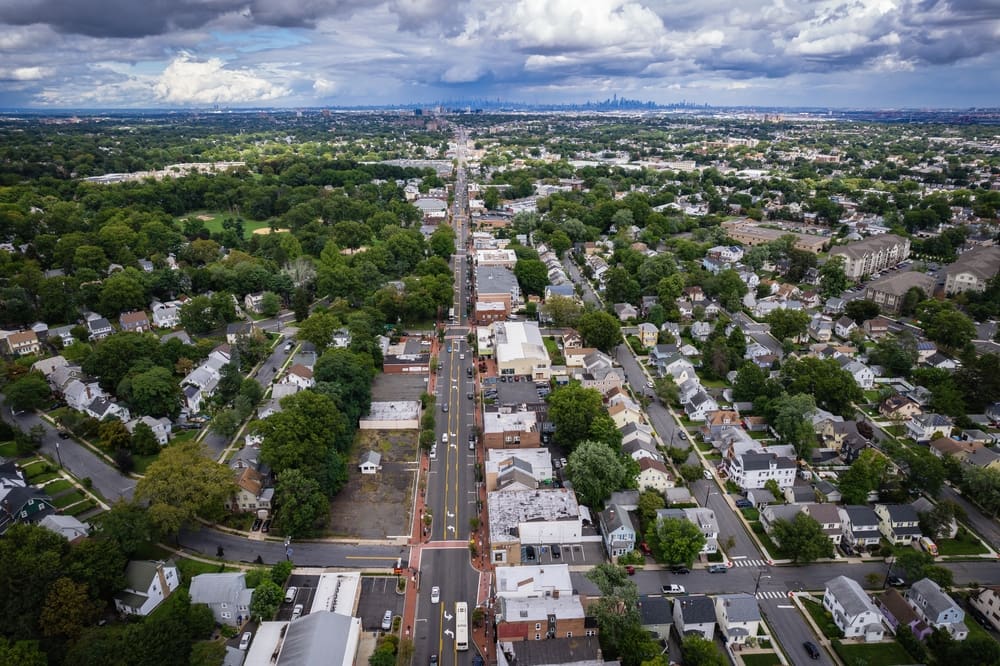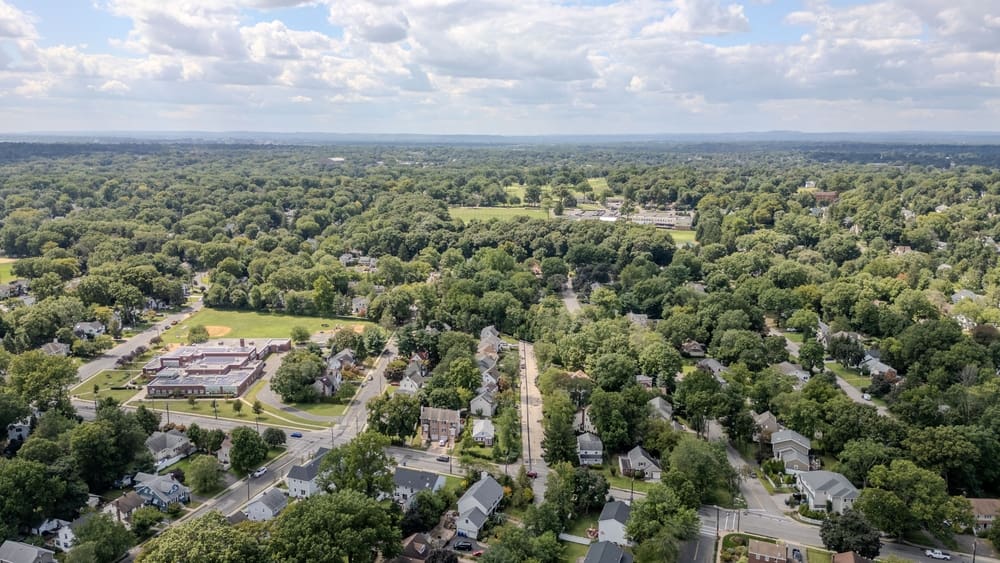New estimates from the U.S. Census Bureau highlight where New Jersey’s population saw the most growth in 2024 and identify the only county that experienced a decline. According to data released Thursday, Essex, Hudson, and Union counties had the highest percentage increases in population last year. Bergen and Middlesex counties also saw significant numerical growth, each adding more than 10,000 residents.
Earlier this year, Census officials reported that New Jersey’s estimated population exceeded 9.5 million in 2024, reflecting a one point three percent rise compared to the previous year. This increase, primarily fueled by international migration, was the most substantial in the Northeast and aligned with a broader trend of population gains in major metro areas nationwide. “Metro area population growth is increasingly being influenced by international migration,” noted Kristie Wilder, a demographer with the Census Bureau. “While births contribute to overall growth, rising net international migration is counterbalancing the continued trend of domestic outmigration in many regions.”
Which NJ Areas Experienced the Most Growth?
From 2023 to 2024, Union County led in growth rate with a two point zero eight percent increase, adding about 12,000 residents and reaching a total of nearly 600,000 people. Hudson County followed closely with a two point zero six percent rise, gaining nearly 15,000 new residents. Essex County ranked third, growing by two percent and bringing its total population to 881,527—making it the second most populous county in the state, trailing only Bergen County.
Other counties with notable increases included Bergen at one point two six percent, Middlesex at one point six percent, Mercer at one point five one percent, Somerset and Cumberland each at one point five three percent, and Passaic at one point two three percent. Gloucester, Morris, Burlington, and Ocean counties also experienced growth exceeding zero point nine percent.

What NJ County Has a Population Decline?
Cape May County was the only one in the state to see a population decline, with a drop of 768 residents—a decrease of zero point eight one percent—bringing its total population to almost 94,000.
New Jersey’s population trends mirror a nationwide shift, where metro areas are experiencing renewed growth after declines earlier in the decade. Census officials reported that nearly 90 percent of metro areas across the U.S. expanded from 2023 to 2024, with international migration contributing nearly 2.7 million people to the overall increase.
A Look Into the Near Future of NJ’s Population
The New York-Newark-Jersey City metro area, which includes northern New Jersey, rebounded from previous population losses, according to officials. Nationally, large counties with populations exceeding 100,000 expanded more rapidly than smaller counties, continuing the pattern of urban and suburban growth.
Even though the Garden State remains a top state for outbound domestic migration, affordability concerns and population exodus continue. More detailed city and town population estimates from the Census Bureau are expected later this year.
The New Jersey Digest is a new jersey magazine that has chronicled daily life in the Garden State for over 10 years.
- Staffhttps://thedigestonline.com/author/thedigeststaff/
- Staffhttps://thedigestonline.com/author/thedigeststaff/
- Staffhttps://thedigestonline.com/author/thedigeststaff/
- Staffhttps://thedigestonline.com/author/thedigeststaff/


